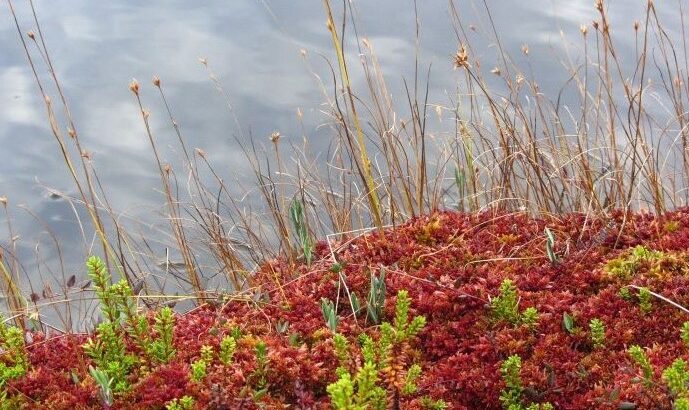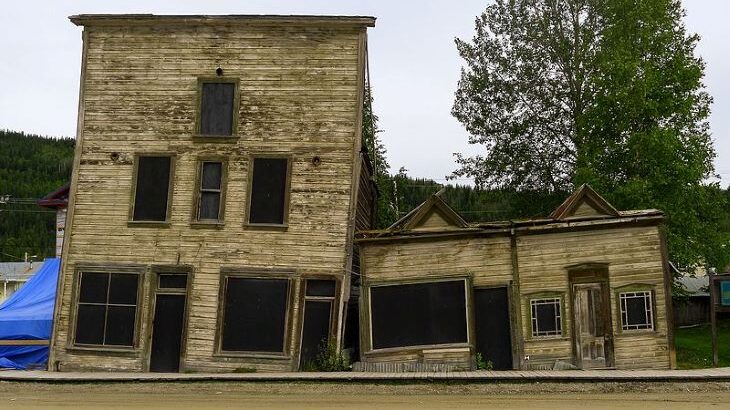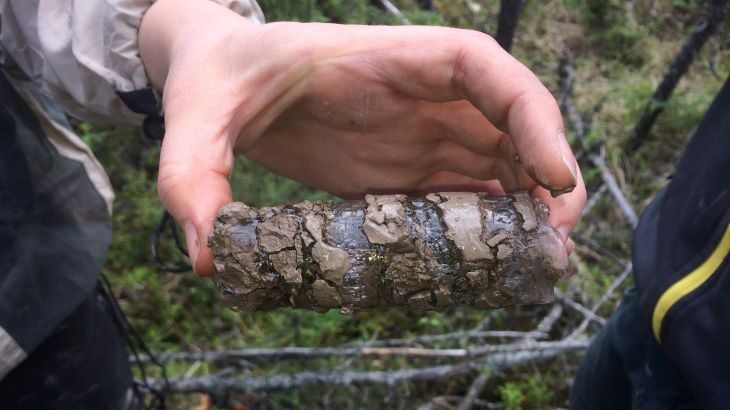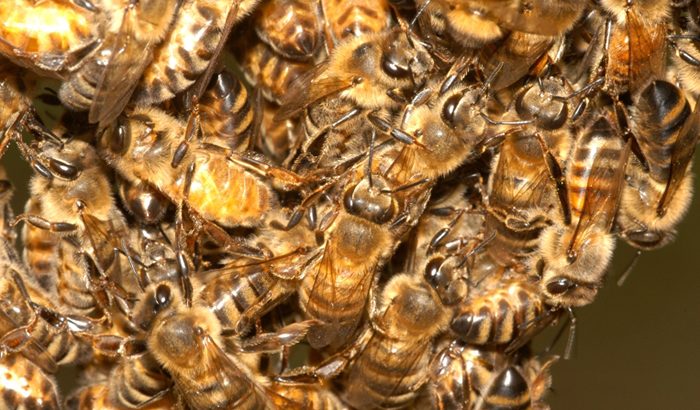
By Rose Lefebvre, new science communicator Have you ever looked closely at moss? These tiny plants, described by F. E. Tripp in his 1868 book British Mosses, their homes, aspects, structure, and uses as “the soft green beds into which our feet sink”, grow almost everywhere in the world. And yet mosses are often overlooked […]






